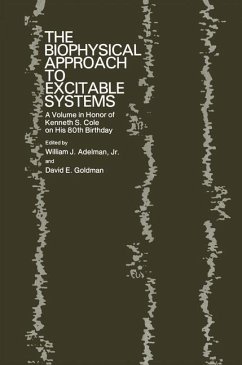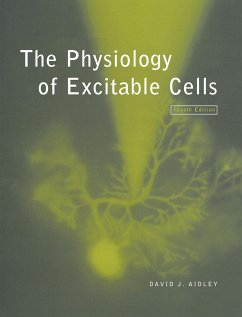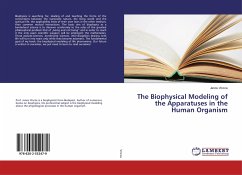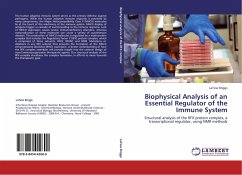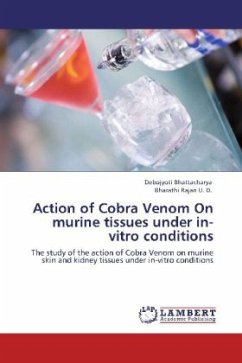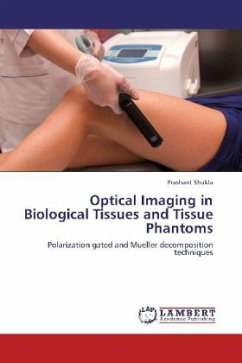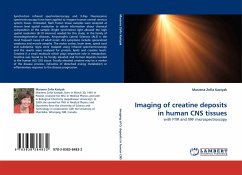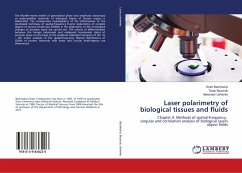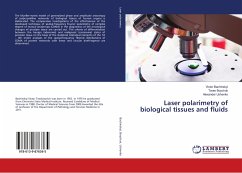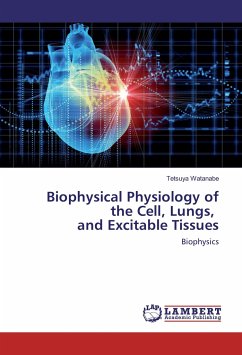
Biophysical Physiology of the Cell, Lungs, and Excitable Tissues
Biophysics
Versandkostenfrei!
Versandfertig in 6-10 Tagen
28,99 €
inkl. MwSt.

PAYBACK Punkte
14 °P sammeln!
Well-known Boltzmann equation, S=k and Fick's law of diffusion are mathematically justified in this book.Physiologic functions are a result of the sum of behavior of biological molecules. The change in ion currents controlled by the channel proteins creates the impulse which transmits and triggers a release of calcium ions to make physiologic functions. The common pattern of calcium signaling is seen in both excitable and non-excitable cells. Our interest is the formation of a rhythmical impulse in the pacemaker or pacemaker-like cells seen in heart and small intestine. When the pattern of act...
Well-known Boltzmann equation, S=k and Fick's law of diffusion are mathematically justified in this book.Physiologic functions are a result of the sum of behavior of biological molecules. The change in ion currents controlled by the channel proteins creates the impulse which transmits and triggers a release of calcium ions to make physiologic functions. The common pattern of calcium signaling is seen in both excitable and non-excitable cells. Our interest is the formation of a rhythmical impulse in the pacemaker or pacemaker-like cells seen in heart and small intestine. When the pattern of action potential from ventricular muscle fibers and that of pace maker cells were compared, impulse of SA node pacemaker cells were found to have an absence of the initial sharp peak suggesting no Na ion influx, but Ca ion influx and K ion efflux, which indicate the periodic extracellular calcium influxes into the cytosol. Outstanding characteristic of small intestinal muscle is contractions ata regular frequency. Spikes at each peak of pacemaker-like activity occur when the circular muscles contract. The slow wave activity is thought to be the efflux of the stored Ca ion from the ER.



